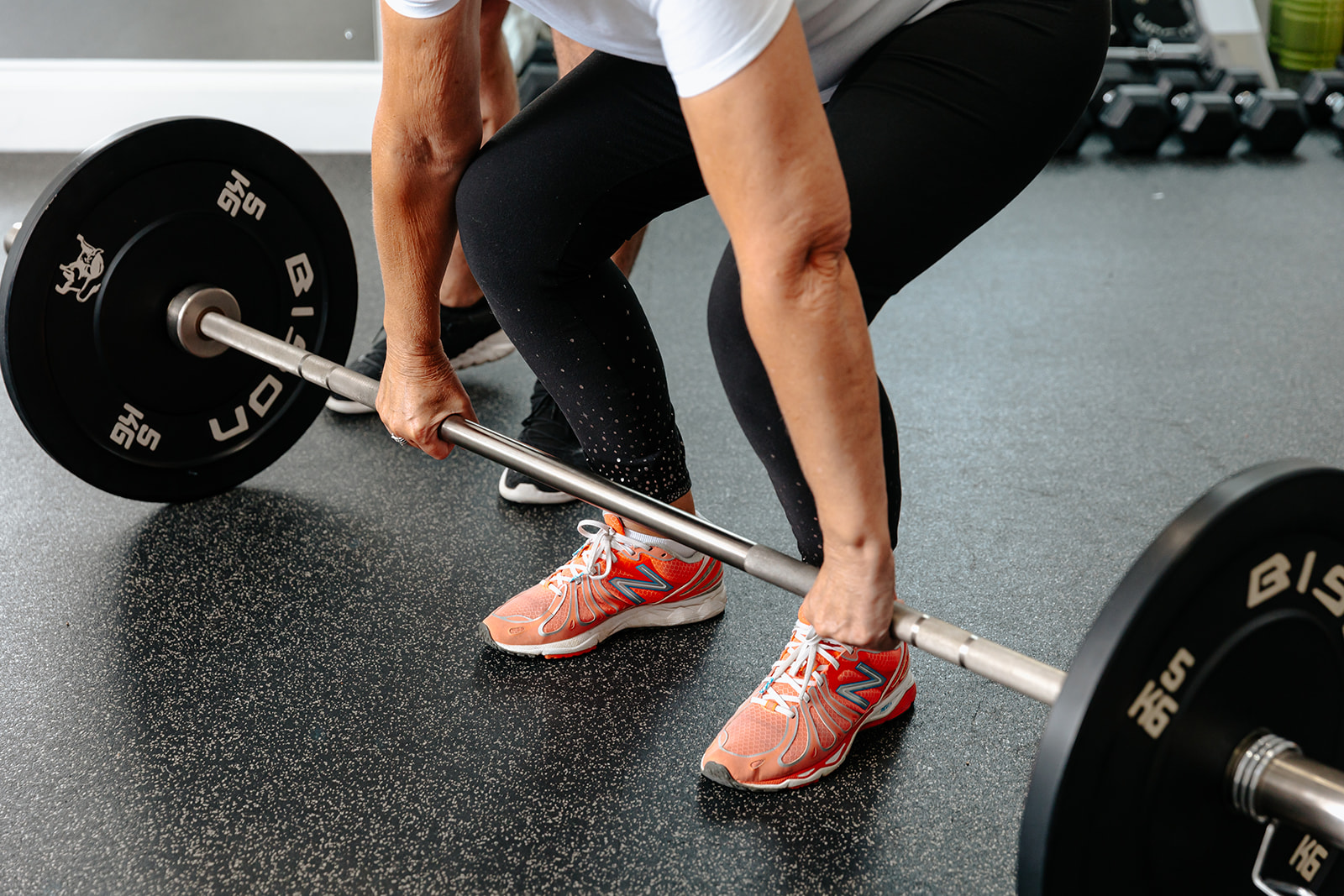Steph Hatt
September 13, 2017
April 07, 2017

If you’ve been quite sedentary throughout winter, you may find your body is feeling de-conditioned.
Before you get out and about, take a look at our tips for getting your body ready for an increase in activity.
If you’re looking to exercise more throughout Spring, it’s important to gradually increase the time you spend exercising to reduce your risk of injury.
Start off by doing an hour of gardening or playing a friendly tennis match and work your way up. If there is a specific sport or hobby that you’d like to get back to, our team can put a bespoke exercise plan together for you that focuses on progressively developing specific muscles that you need to do that exercise. This is a great way to ensure that you get the most out of your activities without injuring yourself.
Another tip is to make sure that you warm up and cool down after exercising as this will help your body recover faster.
Don’t forget to keep topping up your water bottle. Dehydration can have a negative effect on your performance and is often caused due to excessive sweating and inadequate fluid intake. So keep drinking water at regular intervals throughout the day.
If you increase your activity levels too quickly or you have poor form when exercising, you may find that you develop aches and pains. Although it’s common to get the odd niggle when getting back into exercise, it should be treated correctly from the outset.
If you are injured and have immediate swelling or feel unsure about the nature of your injury then please don’t hesitate to contact us.
In the meantime, here is some self-treatment advice known as the PRICE protocol:
Please seek advice if you feel unsure or worried that your injury may get worse.
Manual therapy alongside an increase in activity has many benefits such as: